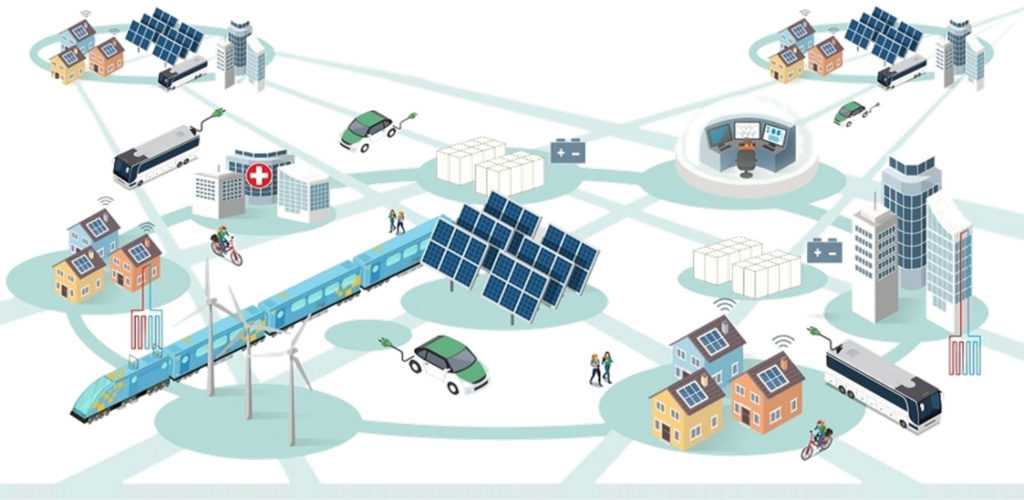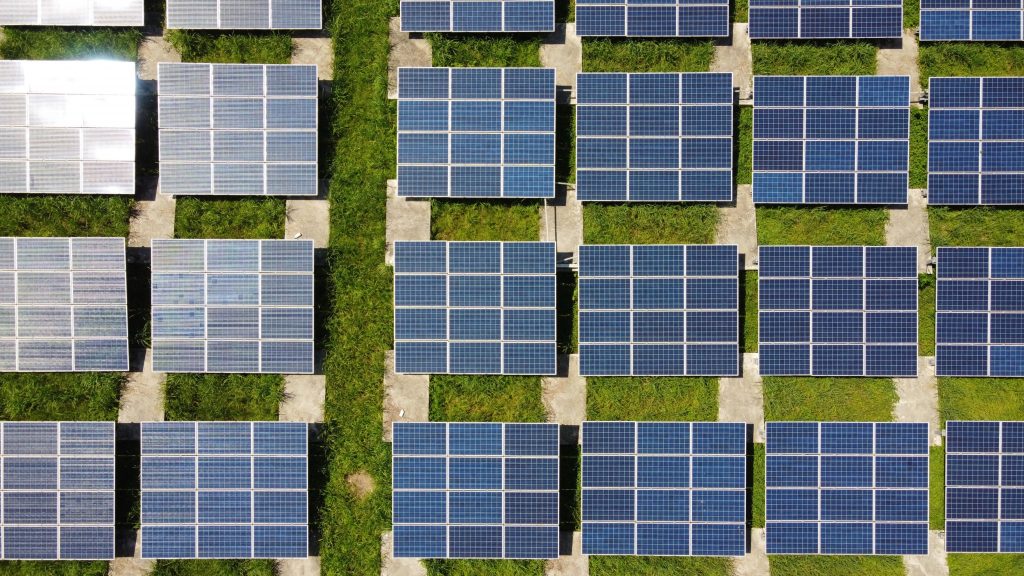Since its beginning in February, the tragic war in Ukraine has monopolized the news. And with Russia being one of the world’s largest oil and gas exporters, the energy issue soon became part of the discussion. Especially now that winter season is approaching and especially in Europe, which largely depends on Russian exports, the debate has heated up, and citizens and firms are pressuring politics to take action against the rising electricity costs. The limitations of fossil fuels have never been so obvious: resources are scarce, limited and concentrated in the hands of a few countries, while the world’s energy hunger continues to grow year after year.
In this scenario, the need for an energy transition is becoming more and more urgent. A world powered by renewable sources, not transported through pipelines thousands of kilometres away but produced locally, which allow citizens to use energy at affordable prices. It may sound like a utopian fantasy, but renewable energy communities come close to this ideal (albeit with limitations).
What is a renewable energy community?
Renewable energy communities (RECs) are groups of actors that produce and share renewable energy. RECs were officially recognised for the first time in the Clean Energy Package, a set of directives adopted in 2019 by the EU with the aim of facilitating the energy transition. However, the first communities date back to the 1970s in Denmark as a reaction to the first oil crisis. This organizational system then began to spread, with Germany now leading the European ranking with around 1750 communities in 2019. RECs can be formed by citizens, small and medium firms, and other type of organizations, including local authorities.
Renewable energy communities may have different characteristics, but they usually share some common principles.
- Ownership
The energy needed by the community is produced by renewable energy plants financed, and therefore collectively owned (in whole or in part), by the members of the community. This system allows people to be included in the energy transition people who otherwise would not have been able to afford their own plant. The most preferred technology is photovoltaic panels, as installation is relatively simple and costs are low. This is the most common structure for RECs, but there may be some variations. For example, some people may decide to join the community as pure consumers, without investing in the technology and giving up ownership of the plant, but still benefitting from the economic, social and environmental advantages of the community. In other cases, energy communities may be formed by people who already own a renewable energy plant (such as photovoltaic panels) who join as prosumers and share excess electricity with other members. In this case, the power plant is owned by only one member of the community. Energy generation is the most common activity for RECs, but communities can also engage in other types of energy activities, for example supply or distribution.

- Self-consumption
The community consumes the energy it produces. This system creates a shift from being an energy consumer to being a prosumer, urging citizens to be actively involved in energy issues instead of being passive users. Usually, the energy produced by the community covers only a portion of the total energy needs, while the rest is supplied by the energy companies.
- Purpose
RECs have non-profit purposes and are legally defined by the EU as a “non-commercial type of market actor”. Their aim is to create economic, social and environmental benefits for their community.
- Open and inclusive governance
The decisions regarding the plant must be taken according to a democratic decision-making process that must involve all the members of the community that decide to take part in it.
- Proximity
Renewable energy communities are constrained by a proximity requirement, which means that community-owned renewable energy projects must be geographically close to the community itself. Other types of organizations, such as citizen energy communities, do not have this constraint.
Benefits and limitations of renewable energy communities
As mentioned above, the purpose of RECs is to create “economic, social and environmental benefits”.
The environmental advantages are probably the most evident: the diffusion of RECs would give a concrete contribution to the energy transition by producing more renewable energy and simultaneously reducing the need for electricity from fossil fuels. This report by RSE (Energy System Research) on energy communities in Italy estimated that a single photovoltaic system would be able to avoid 950 kg of CO2 emissions per year.
The economic advantages stem from the affordable prices of electricity: electricity is not sold for profit and the members pay only an initial investment and/or a periodic fee that is used for the maintenance of the plant. In addition, some countries provide economic incentives. In Italy, for example, since September 2020, the members of renewable energy communities receive 110€ per MWh for the energy shared within the community. RECs can also provide indirect economic benefits by increasing the local value of the territory. To develop the necessary infrastructure for the community requires the participation of local suppliers and technicians. Moreover, communities often initiate related electrification projects, such as community charging stations for electric mobility.
The social benefits are linked to greater participation in the management of the territory and the community, the increase in connections, social cohesion and social trust. RECs also promote energy democracy by redistributing political and economic power from large energy companies to citizens. Additionally, in some communities the money from the members is partially used to promote projects of public utility.
Renewable energy communities are also contributing to the decentralization process of the energy system. The possibility of producing electricity near the site of consumption translates into a reduction in inefficiencies and transmission costs and gives the possibility to exploit the resources of the territory.
However, not all that glitters is gold. Renewable energy communities have great potential, but this doesn’t mean that we must overlook the critical issues that may arise.
The first limitation is the need for technical, economic and legal expertise to support the projects, especially at the beginning. Fortunately, some organizations, such as the Centre for Solar Communities, a non-profit spin-off of the University of Bologna in Italy, provide consulting services to people who want to join a community or create their own.
Another problem is the decision-making process. While a participative governance strengthens internal community consensus, it usually means longer decision-making processes that can result in long periods of stagnation.
Cover photo by Anders J on Unsplash.



